Themed collection Emerging Investigators 2017

Biomaterials Science Emerging Investigators 2017
.

Biomater. Sci., 2017,5, 1357-1366
https://doi.org/10.1039/C7BM90033C
Manipulating tumor hypoxia toward enhanced photodynamic therapy (PDT)
This mini-review summarizes various methods for overcoming or utilizing hypoxia for enhanced PDT.
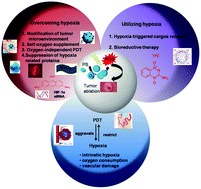
Biomater. Sci., 2017,5, 1500-1511
https://doi.org/10.1039/C7BM00392G
Viscoelastic hydrogels for 3D cell culture
This mini-review discusses newly developed approaches to tuning hydrogel viscoelasticity and recent studies demonstrating an impact of viscoelasticity on cells.
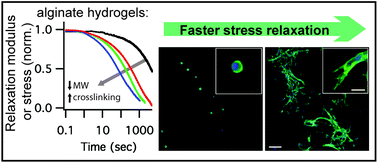
Biomater. Sci., 2017,5, 1480-1490
https://doi.org/10.1039/C7BM00261K
Emerging strategies in near-infrared light triggered drug delivery using organic nanomaterials
Near-infrared light has significant advantages for light-triggered drug delivery systems within deep tissues.
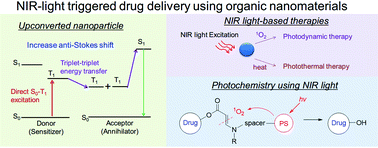
Biomater. Sci., 2017,5, 1491-1499
https://doi.org/10.1039/C7BM00348J
Multicellular tumor invasion and plasticity in biomimetic materials
Collective and individual cancer cell invasion can be investigated in vitro and ex vivo using microfabricated devices and hydrogels.
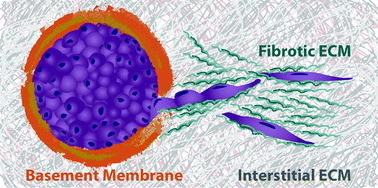
Biomater. Sci., 2017,5, 1460-1479
https://doi.org/10.1039/C7BM00272F
Peptide and antibody ligands for renal targeting: nanomedicine strategies for kidney disease
This review presents key peptide and antibody based kidney-targeting ligands, with a focus on use in nanoparticle systems.
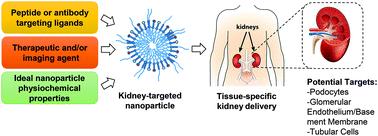
Biomater. Sci., 2017,5, 1450-1459
https://doi.org/10.1039/C7BM00271H
Recent advances in biomaterials for the treatment of diabetic foot ulcers
Diabetes mellitus is one of the most challenging epidemics facing the world today, with over 300 million patients affected worldwide.
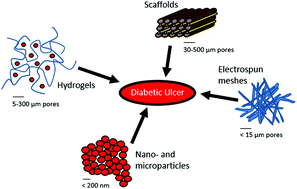
Biomater. Sci., 2017,5, 1962-1975
https://doi.org/10.1039/C7BM00264E
From molecules to macrostructures: recent development of bioinspired hard tissue repair
This review summarizes the bioinspired strategies for hard tissue repair, ranging from molecule-induced mineralization, to microscale assembly to macroscaffold fabrication.
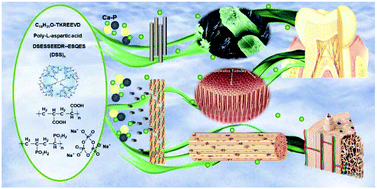
Biomater. Sci., 2017,5, 1435-1449
https://doi.org/10.1039/C7BM00247E
Recent progress in nanomedicine-based combination cancer therapy using a site-specific co-delivery strategy
This review article highlights the recent progresses in nanomedicine-based combination cancer therapy via site-specific co-delivery strategies.
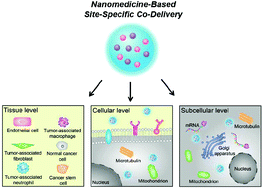
Biomater. Sci., 2017,5, 1367-1381
https://doi.org/10.1039/C7BM00297A
Using biomaterials to rewire the process of wound repair
This review discusses recent advances in using biomaterials to actively modulate various stages of wound healing from haemostasis through resolution.

Biomater. Sci., 2017,5, 1421-1434
https://doi.org/10.1039/C7BM00295E
Recent advances in nanomedicines for the treatment of rheumatoid arthritis
Schematic illustration of inflammatory microenvironment in inflamed joints and events occurring in rheumatoid arthritis.
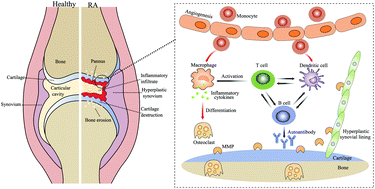
Biomater. Sci., 2017,5, 1407-1420
https://doi.org/10.1039/C7BM00254H
Bioapplications of renal-clearable luminescent metal nanoparticles
This review summarizes the recent synthetic strategies of the renal-clearable luminescent metal nanoparticles, and discusses the biological behaviors and current disease-related applications of this type of biomaterials in tumor targeting, kidney disease and antimicrobial investigations.
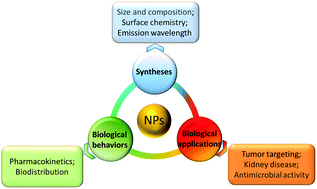
Biomater. Sci., 2017,5, 1393-1406
https://doi.org/10.1039/C7BM00257B
The scaffold microenvironment for stem cell based bone tissue engineering
Bone tissue engineering uses the principles and methods of engineering and life sciences to study bone structure, function and growth mechanism for the purposes of repairing, maintaining and improving damaged bone tissue.
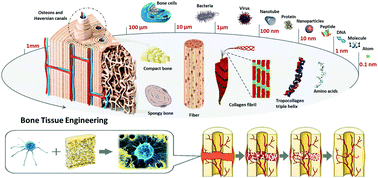
Biomater. Sci., 2017,5, 1382-1392
https://doi.org/10.1039/C7BM00146K
Glycocalyx scaffolding with synthetic nanoscale glycomaterials
A cell surface engineering method allows for building glycan complexity with control over nanoscale presentation.

Biomater. Sci., 2017,5, 1537-1540
https://doi.org/10.1039/C7BM00289K
Ultra-high loading of sinoporphyrin sodium in ferritin for single-wave motivated photothermal and photodynamic co-therapy
In this work, sinoporphyrin sodium was loaded into RGD-modified ferritin (R-Fn) nanocages by a rapid, scalable and versatile approach for imaging guided photodynamic and photothermal co-therapy.
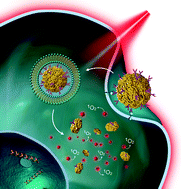
Biomater. Sci., 2017,5, 1512-1516
https://doi.org/10.1039/C7BM00302A
The influence of tumor-induced immune dysfunction on the immune cell distribution of gold nanoparticles in vivo
Tumor-induced immune dysfunction has been observed in tumor bearing mice. The nanoparticle cellular distribution is significantly affected by the immune dysfunction, compared with tumor free mice.
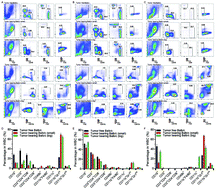
Biomater. Sci., 2017,5, 1531-1536
https://doi.org/10.1039/C7BM00335H
Self-assembly of amphiphilic tripeptides with sequence-dependent nanostructure
Sequence variation in short self-assembled peptides enables creation of a diversity of nanostructures and biomaterials.
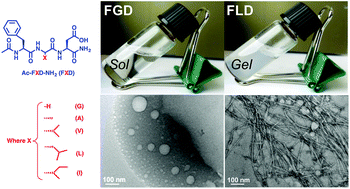
Biomater. Sci., 2017,5, 1526-1530
https://doi.org/10.1039/C7BM00304H
Phospholipid-mimic oxaliplatin prodrug liposome for treatment of the metastatic triple negative breast cancer
An oxaliplatin prodrug liposome with an extremely high drug loading ratio (>27%) was reported for treatment of triple-negative breast cancer.
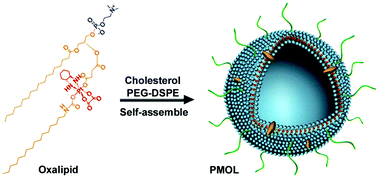
Biomater. Sci., 2017,5, 1522-1525
https://doi.org/10.1039/C7BM00058H
Glutathione-responsive paclitaxel dimer nanovesicles with high drug content
Paclitaxel dimers containing mono thioether linkers can self-assemble into hollow nanovesicles that exhibit comparable cytotoxicity to Taxol.
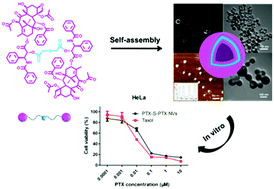
Biomater. Sci., 2017,5, 1517-1521
https://doi.org/10.1039/C7BM00052A
Anti-inflammatory effects of octadecylamine-functionalized nanodiamond on primary human macrophages
The ability of octadecylamine-functionalized nanodiamond to promote anti-inflammatory behaviour in macrophages suggests its potential to act as an anti-inflammatory therapeutic.
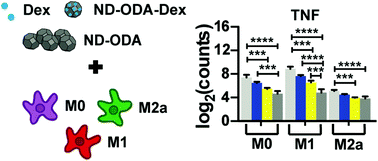
Biomater. Sci., 2017,5, 2131-2143
https://doi.org/10.1039/C7BM00294G
Alginate-based hydrogels functionalised at the nanoscale using layer-by-layer assembly for potential cartilage repair
Articular cartilage injuries are frequently difficult to repair because of the poor regenerative capacity of this tissue.
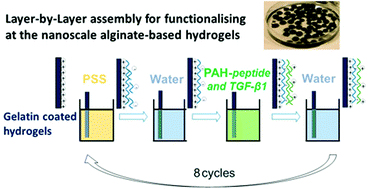
Biomater. Sci., 2017,5, 1922-1931
https://doi.org/10.1039/C7BM00525C
Anisotropic microfibrous scaffolds enhance the organization and function of cardiomyocytes derived from induced pluripotent stem cells
Engineering of myocardial tissue constructs is a promising approach for treatment of coronary heart disease.
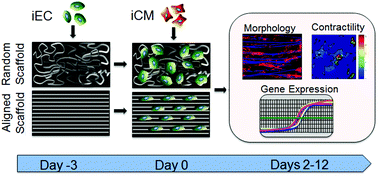
Biomater. Sci., 2017,5, 1567-1578
https://doi.org/10.1039/C7BM00323D
Spatiotemporal presentation of exogenous SDF-1 with PLGA nanoparticles modulates SDF-1/CXCR4 signaling axis in the rodent cortex
Temporal control over SDF-1 release via PLGA nanoparticles differentially affects the SDF-1/CXCR4 signaling axis across the adult cortex.
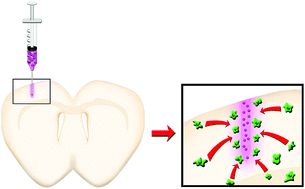
Biomater. Sci., 2017,5, 1640-1651
https://doi.org/10.1039/C7BM00489C
Surgical suture releasing macrophage-targeted drug-loaded nanoparticles for an enhanced anti-inflammatory effect
An anti-inflammatory nanoparticle-coated suture reduces inflammation and pain at the wound site.
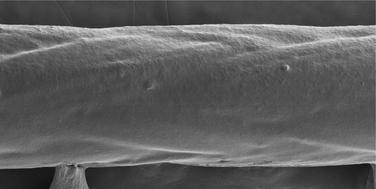
Biomater. Sci., 2017,5, 1670-1677
https://doi.org/10.1039/C7BM00345E
Electrospun poly(N-isopropyl acrylamide)/poly(caprolactone) fibers for the generation of anisotropic cell sheets
Cell alignment in muscle, nervous tissue, and cartilage is requisite for proper tissue function; however, cell sheeting techniques using the thermosensitive polymer poly(N-isopropyl acrylamide) can only produce anisotropic cell sheets with resource-intensive modifications.
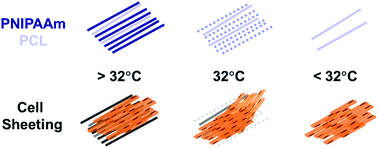
Biomater. Sci., 2017,5, 1661-1669
https://doi.org/10.1039/C7BM00324B
Tubulogenesis of co-cultured human iPS-derived endothelial cells and human mesenchymal stem cells in fibrin and gelatin methacrylate gels
Here, we investigate the tubulogenic potential of commercially-sourced iPS-ECs with and without supporting commercially-sourced hMSCs within 3D natural fibrin or semi-synthetic gelatin methacrylate (GelMA) hydrogels.
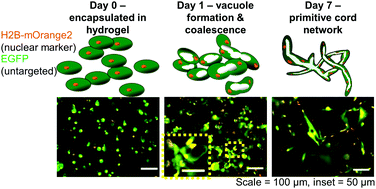
Biomater. Sci., 2017,5, 1652-1660
https://doi.org/10.1039/C7BM00223H
Supramolecular surface functionalization via catechols for the improvement of cell–material interactions
Bioactivation of non-cell adhesive hydrophobic polymers was achieved by employing mussel-inspired chemistry in combination with a supramolecular and modular approach.
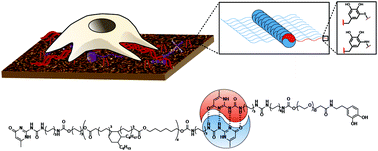
Biomater. Sci., 2017,5, 1541-1548
https://doi.org/10.1039/C7BM00407A
Stretch-dependent changes in molecular conformation in fibronectin nanofibers
Engineered fibronectin nanofibers reveal a nodular to fibrillar transformation in molecular conformation during 7-fold extension.
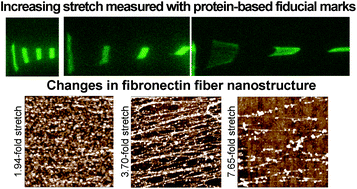
Biomater. Sci., 2017,5, 1629-1639
https://doi.org/10.1039/C7BM00370F
Microfluidic fabrication of polyethylene glycol microgel capsules with tailored properties for the delivery of biomolecules
The generation of microgel capsules with a photo-crosslinkable polymer shell and FITC-dextran encapsulation. Scale bars: 100 μm.

Biomater. Sci., 2017,5, 1549-1557
https://doi.org/10.1039/C7BM00322F
A specific environment-sensitive near-infrared fluorescent turn-on probe for synergistic enhancement of anticancer activity of a chemo-drug
A near-infrared fluorescent turn-on probe has been reported for specific HER2 imaging and synergistic enhancement of anticancer activity of doxorubicin.
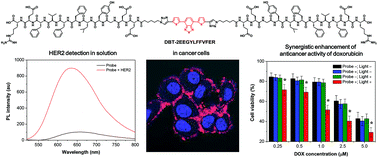
Biomater. Sci., 2017,5, 1622-1628
https://doi.org/10.1039/C7BM00270J
A micellar cisplatin prodrug simultaneously eliminates both cancer cells and cancer stem cells in lung cancer
Cancer stem cells and bulk cancer cells can be simultaneously targeted when using nanomedicine.
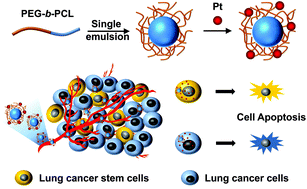
Biomater. Sci., 2017,5, 1612-1621
https://doi.org/10.1039/C7BM00278E
Intracellular accumulation and immunological responses of lipid modified magnetic iron nanoparticles in mouse antigen processing cells
Lipid modified magnetic nanoparticles could enhance the intracellular accumulation and immune responses of mouse antigen processing cells.
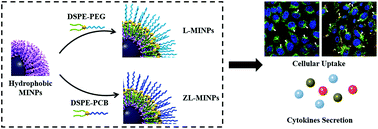
Biomater. Sci., 2017,5, 1603-1611
https://doi.org/10.1039/C7BM00244K
Skin-safe photothermal therapy enabled by responsive release of acid-activated membrane-disruptive polymer from polydopamine nanoparticle upon very low laser irradiation
How to ablate tumor without damaging skin is a challenge for photothermal therapy.

Biomater. Sci., 2017,5, 1596-1602
https://doi.org/10.1039/C7BM00256D
Enhancing MRI of liver metastases with a zwitterionized biodegradable dendritic contrast agent
The MRI enhanced by a zwitterionized dendritic contrast agent clearly indicates metastatic tumors in the liver.
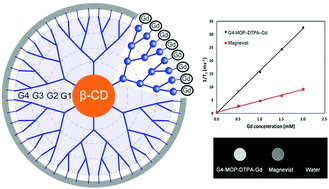
Biomater. Sci., 2017,5, 1588-1595
https://doi.org/10.1039/C7BM00126F
Macrophage infiltration of electrospun polyester fibers
Ibuprofen (IBU)-loaded fibrous PLA membranes can prevent peritendinous adhesion/granuloma formation and inflammation by reducing macrophage infiltration.
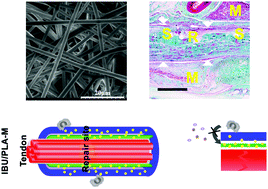
Biomater. Sci., 2017,5, 1579-1587
https://doi.org/10.1039/C6BM00958A
Phosphatase-triggered cell-selective release of a Pt(IV)-backboned prodrug-like polymer for an improved therapeutic index
A Pt(IV)-backboned prodrug-like polymer was synthesized and formulated to a phosphatase-responsive polyion complex for cell-selective delivery.
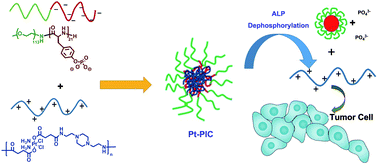
Biomater. Sci., 2017,5, 1558-1566
https://doi.org/10.1039/C6BM00935B